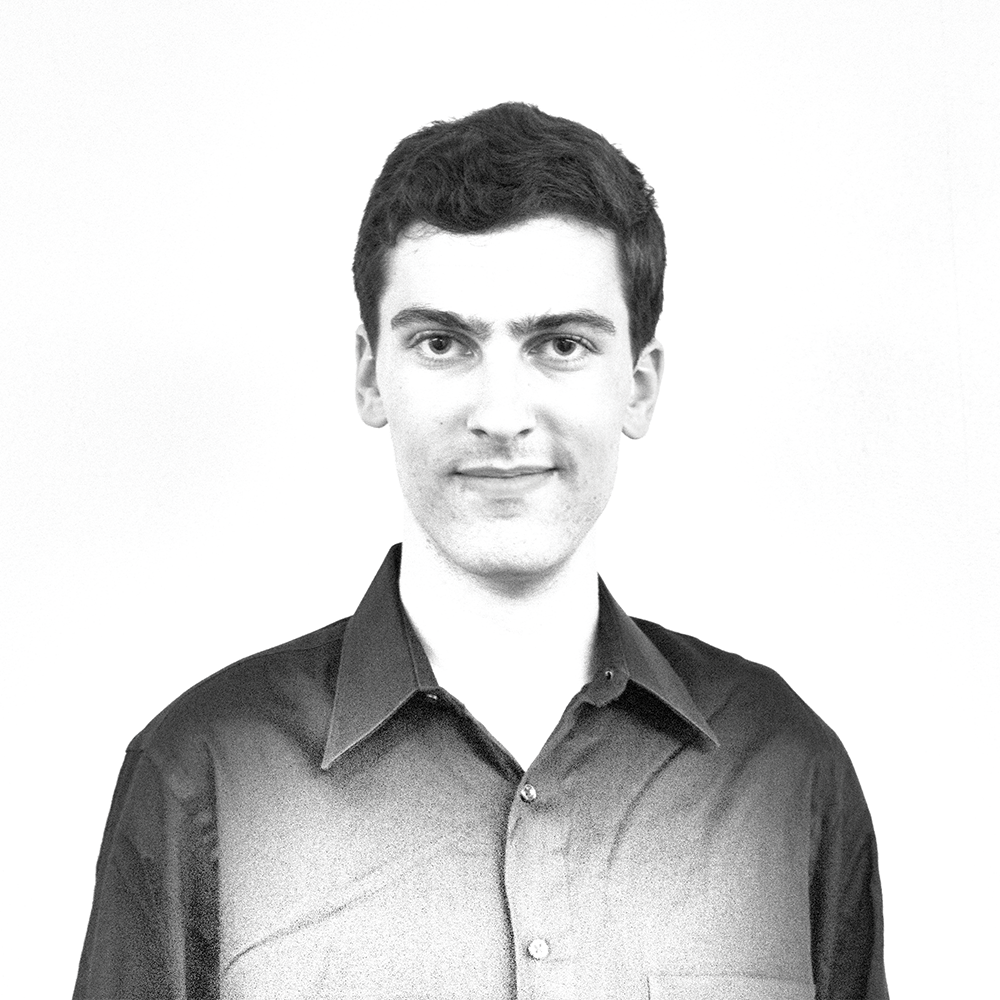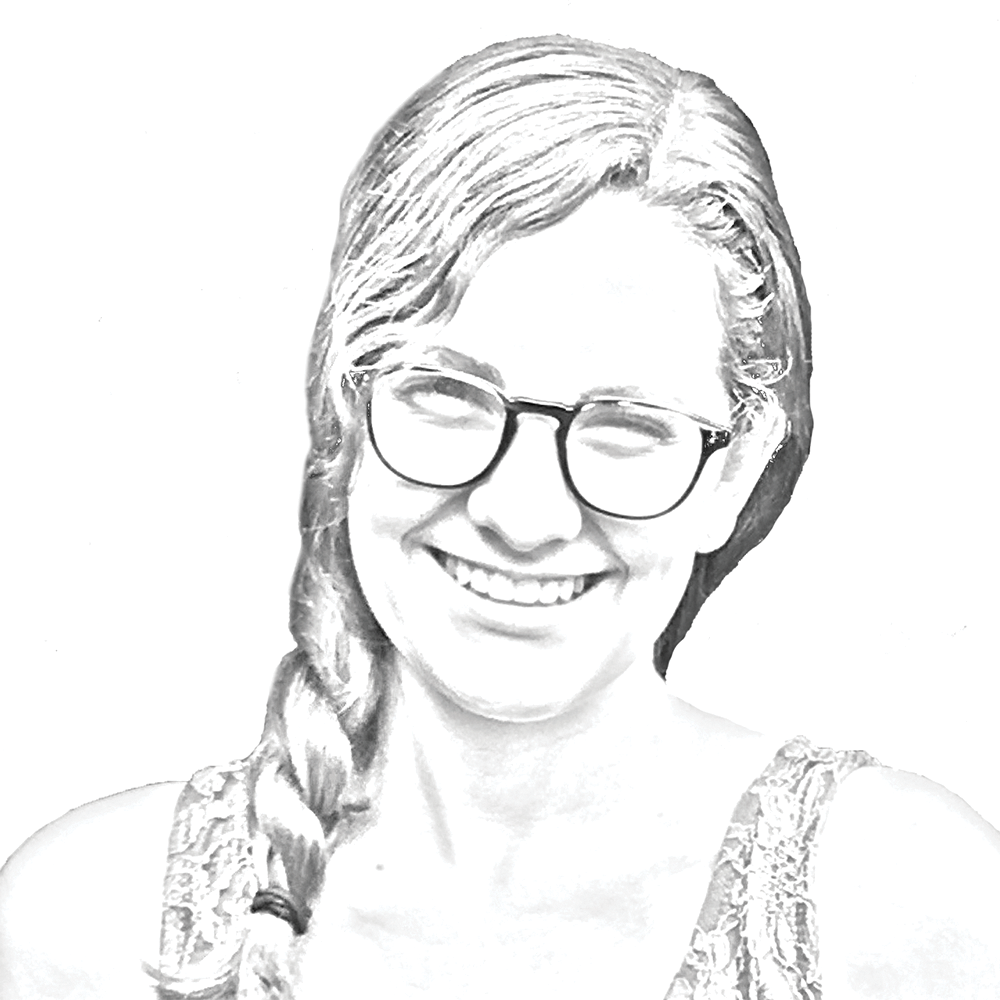They were both blood red. One was a little smeared; the other had cleaner lines. These were the second and third swastikas found on campus this semester, and this is the second time I have had to start an article for The Hoya by describing swastikas on campus. Hate at Georgetown is not a subject I wish to return to, but I must. These swastikas, and the selective outrage they have triggered, reveal uncomfortable truths about our community. We condemn anti-Semitism only when it is both flagrant and right-wing. Most of the time however, we ignore it. By ignoring it, we perpetuate it.
Within a week of the beginning of classes, a swastika was found scratched into the wall of a Village C West elevator. The next day, two more were daubed in red paint in an LXR Hall elevator. These are the latest incidents in a pattern of anti-Semitic graffiti at Georgetown, which last semester saw swastikas scratched into elevators and “kill Jews” written in a bathroom stall across from Makóm, the Jewish gathering space. Last spring, numerous fliers for the Georgetown Israel Alliance, a group of which I am the vice president, were defaced and torn down. More incidents go unreported, as when someone drew a swastika on my whiteboard just an hour after I hung it on my freshman dorm door last year. Of course, only a tiny fraction of students is responsible for these hate crimes, and Georgetown as a whole is an accepting and pluralistic community. So why not just ignore these graffiti as a nuisance?
I wish I could dismiss it all, but I simply cannot. I have toured Auschwitz with a childhood survivor of Josef Mengele’s experiments. I have seen mass graves in the forests of Belarus with Fr. Patrick Desbois, who has identified thousands of such grave sites across Eastern Europe. My great-grandparents survived the extermination of Hungarian Jewry — much of their family did not. “Kill Jews” is never an empty threat. A swastika at my school is someone telling me that I do not belong at Georgetown and that I perhaps do not belong among the living. One swastika whispers that to me — three shout it.
I was heartened to see dozens of non-Jewish students, in addition to senior administrators, at Friday night Shabbat services the week the swastikas were found. Both the Georgetown University College Democrats and College Republicans denounced the graffiti; the Georgetown University Student Association did too, and scheduled a speech and expression forum for Tuesday, Sept. 26. These are all positive steps, but deeper problems remain unaddressed.
Nearly all instances of prejudice are less obvious than a swastika in an elevator. As I was chatting with other new students during my freshmen orientation, one person told us about a freshman he already disliked: “You’ll recognize him when you see him. He looks like every Jewish stereotype.”
I said nothing then but carefully mentioned in later conversations that I was Jewish, hoping it would encourage people to watch their words. Still, when I told someone I was Jewish a week later, she laughed good-naturedly and said: “I didn’t like the Jews at my high school — they were all so rich and bratty.” For every swastika scrawled on campus, there are countless such offhand remarks.
Only the crudest, most right-wing anti-Semitism at Georgetown gets publicly denounced, making it difficult for non-Jewish students to recognize anti-Semitism when it does not fit the unfortunately familiar pattern. By turning swastikas into a shorthand for anti-Semitism, we perpetuate a vicious cycle of silence and ignorance about all but the most obvious bias against Jewish students.
We have to break this cycle. Anti-Semitism is far from the only sort of bigotry at Georgetown, and we must reject hate indiscriminately. By embracing the radical center — not by rejecting the right and left out of hand, but rather by pushing back against the illiberalism of prejudice whenever we see it — we can start to root out this hate within our communities.
Tanner Larkin is a sophomore in the School of Foreign Service. The Radical Center appears online every other Wednesday.





















Hoya2019 • Sep 21, 2017 at 7:25 pm
I understand how you feel every time some non-White complains about”white privilege” and assumes all whites are privileged.
Could you tell us why Jews are 2% of the U.S. population and yet over 10% of the student population at Georgetown. That means they’re over-represented by 500%. It seems that if we believe in equality and diversity at Georgetown this would be unacceptable.
And yet . . .